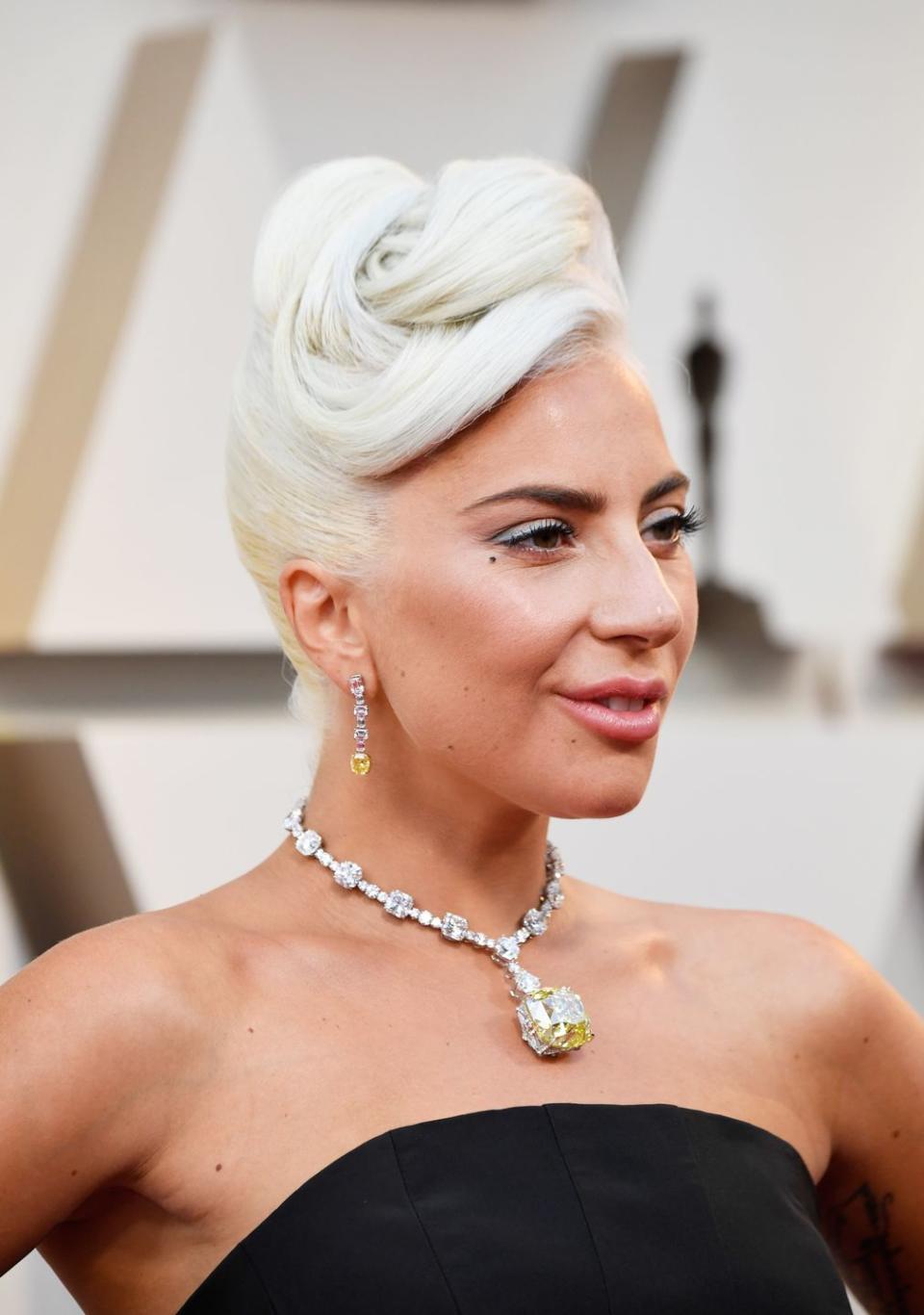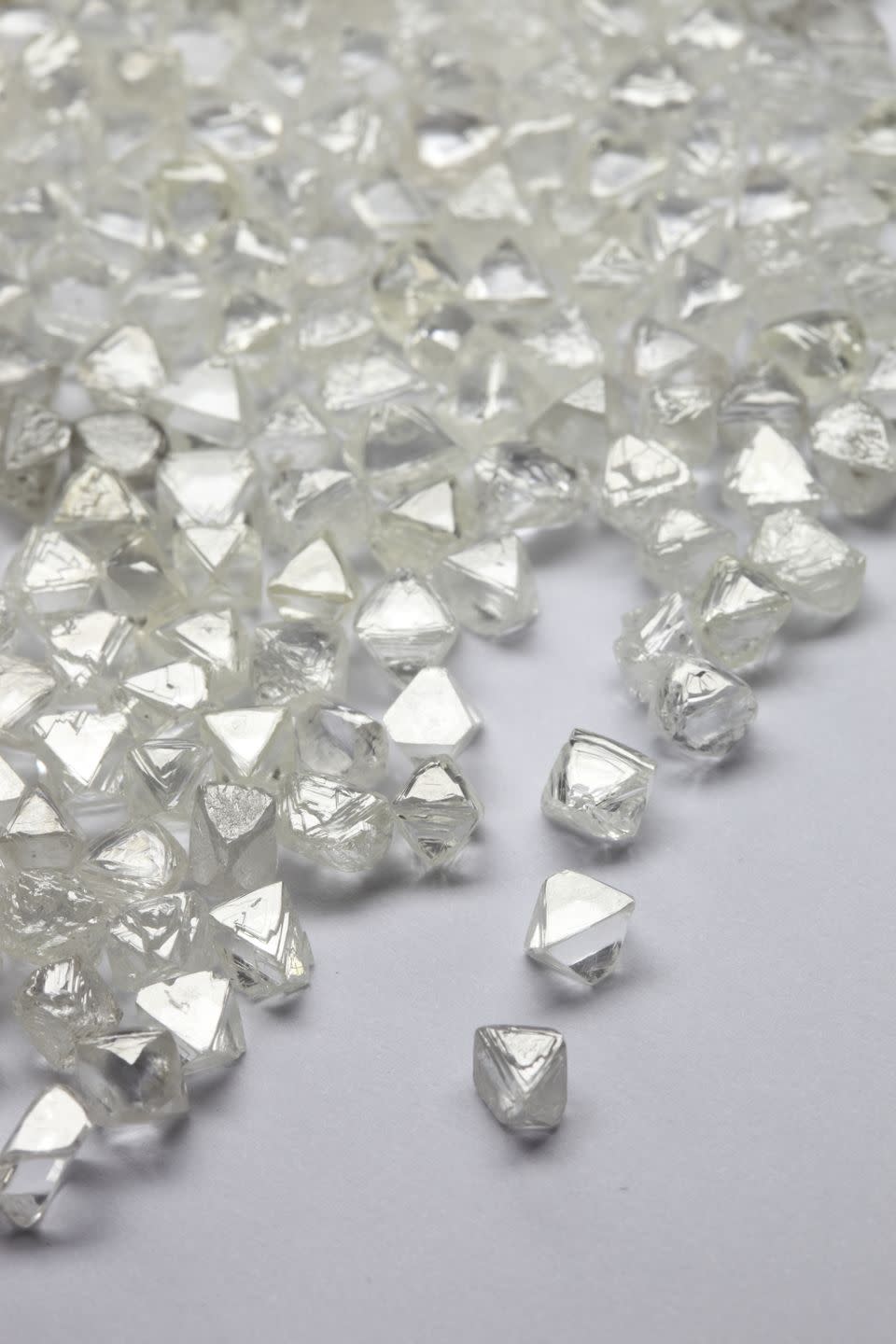Tiffany Reveals a New Diamond for the Record Books

The world’s most extraordinary diamonds are christened with names. The Hope Diamond, the Cullinan, and the Koh-i-Noor are among the elite class of stones that have become known throughout history by their monikers—and when Lady Gaga famously wore the Tiffany Diamond, an exceptional 128.54-carat canary-yellow stone, to the Oscars in 2019, every jewelry lover could identify the celebrated rock.

Discovered in South Africa in 1877, the 287-carat rough stone was purchased by Charles Lewis Tiffany who had it cut to its present size. But rather than put it on the market, he chose to keep it for posterity, and for over a century, the company has resisted the temptation to sell the stone. It’s rarely taken out of the safe (Lady Gaga was only the third person to wear it), and when it is displayed at Tiffany’s Fifth Avenue store, it always draws crowds.
Tiffany has acquired another memorable diamond.
Tiffany just acquired another memorable diamond: an exceptional 80-carat D color, internally flawless stone, the largest diamond to ever be offered for sale by the American jewelry house. The stone also has the distinction of being the most expensive jewel in Tiffany’s history (since the Tiffany Diamond has never been offered for sale). The price of the new diamond, and its name, have yet to be revealed publicly, but it's likely to command more than $10 million.
Tiffany acquired this hefty rock from a mine in Botswana, and the house’s chief artistic director, Reed Krakoff, chose to showcase the diamond by reimagining an archival Tiffany necklace made for the 1939 World’s Fair. That fair’s forward-looking theme, “Dawn of a New Day,” was meant to inspire and give people hope for a brighter tomorrow. The fair presented visionary designs, including Tiffany’s spectacular jewelry display, which featured a necklace set with a huge 200-carat aquamarine surrounded by a fountain of 429 diamonds, to the 44 million people who attended. That design is being reimagined with the 80-carat diamond, and it will be unveiled with the opening of the newly redesigned Tiffany’s Fifth Avenue store in 2022. It’s a long way off but it will no doubt be worth the wait.
“The incredible rarity of this diamond and its origins in Botswana reflect not only Tiffany’s legacy as a high jeweler, but our leadership in diamond traceability,” says Krakoff. “The recreation of an Art Deco-inspired necklace from the 1939 World’s Fair speaks to our heritage as America’s preeminent luxury jeweler.”

A diamond with a traceable lineage.
The large diamond is a symbol of Tiffany’s commitment transforming the diamond buying process. Starting last October, Tiffany began issuing full craftsmanship journey certifications with every diamond it sells, something akin to a passport that shows the stone’s journey from the mine in which it was discovered to the company’s international workshops that cut, polish, and set the diamonds. It has previously been essentially impossible to track a diamond from a mine to the consumer because the stone passes through so many different hands before it becomes a finished jewel, so this initiative is a big step for both Tiffany and the industry as a whole.

A diamond worthy of the King of Diamonds.
Over its 183-year history, the great American jeweler has handled many of the world’s most famous diamonds. Charles Lewis Tiffany was the first to be called the King of Diamonds (a title that Harry Winston later assumed) after purchasing loads of diamonds from fleeing aristocrats when King Louis-Philippe of France abdicated the throne in 1848. And at an auction of the French crown jewels in 1887, he walked off with 24 of the 69 lots, including Empress Eugenie’s diamond rivière necklaces, which he sold to Mrs. Joseph Pulitzer, and a diamond bodice decoration that was later bought by Caroline Astor.
Today, Tiffany’s diamonds hold a different prestige with a provenance that supports mining communities in countries like Botswana, where the mines adhere to the industry’s most stringent ethical and environmental standards. That kind of provenance make Tiffany’s diamonds an even more appealing luxury.
You Might Also Like


